Lesson summary
Students take a close look at soil organisms. They explore the role of decomposers in a soil ecosystem and create posters about different soil organisms to share with the class.
Learning intentions:
Students will...
- understand that the soil contains an enormous number of living things
- recognise that many of the organisms that live in the soil are decomposers
- recognise the role of decomposers in an ecosystem.
Success criteria:
Students can...
- create a poster that describes some of the organisms that live in the soil
- explain how decomposers contribute to healthy soils.
Lesson guides and printables
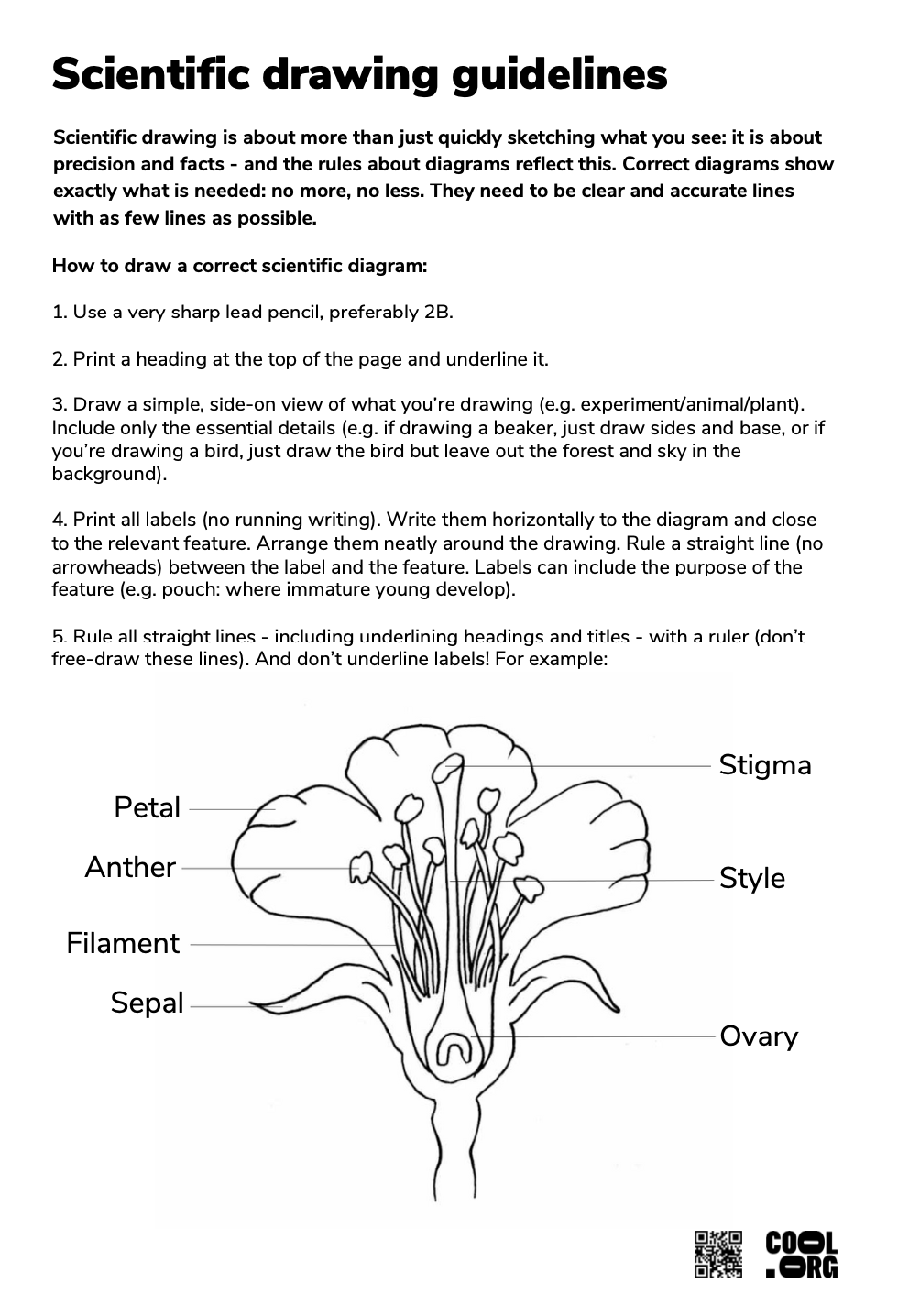

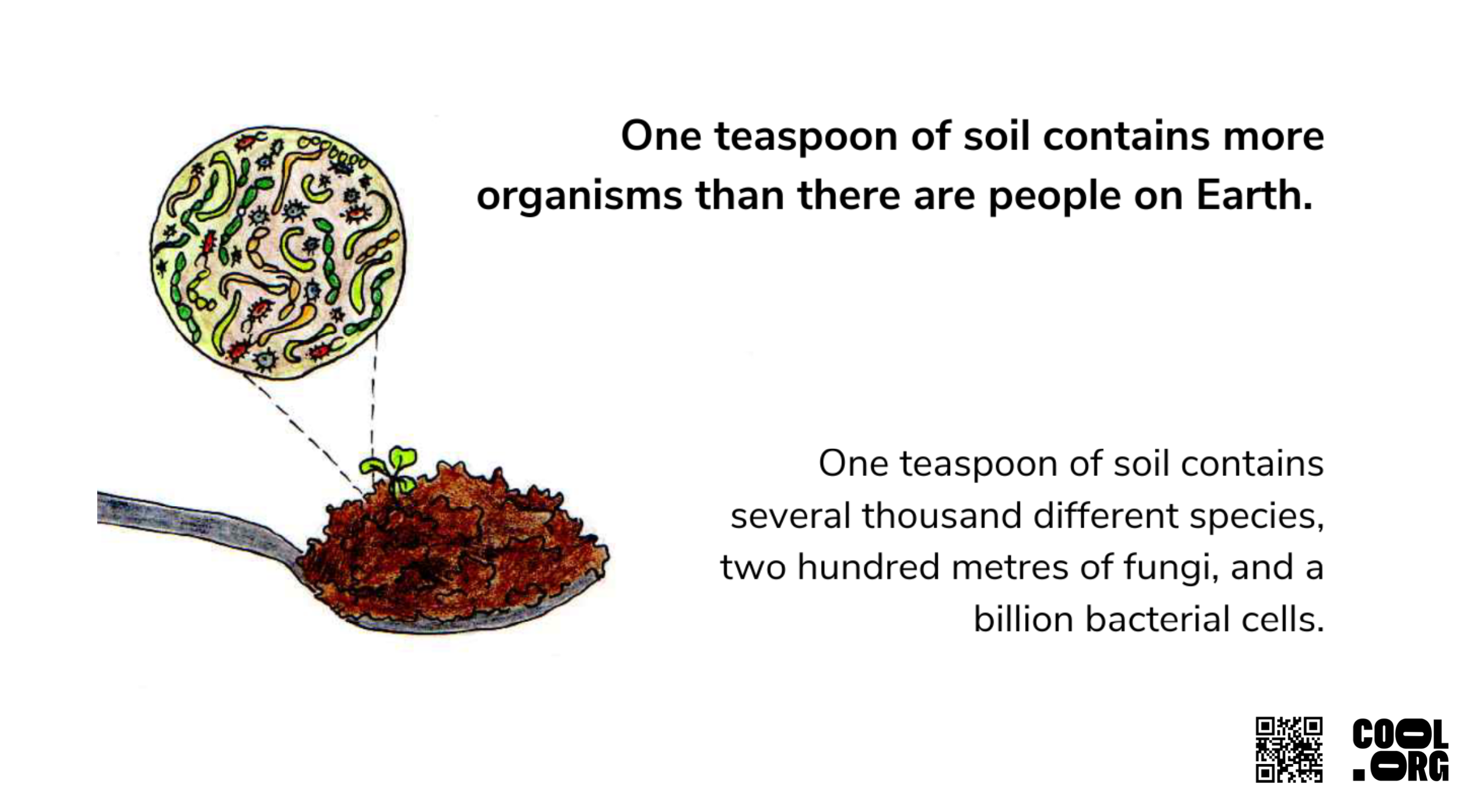
Curriculum links
Select your curriculum from the options below.
Lesson details
Skills
This lesson is designed to build students’ competencies in the following skills:
- curiosity
- critical thinking
- creativity
- communication
Curriculum Mapping
Content descriptions:
Australian Curriculum (v9.0) content descriptions - Year 3 Science
Students learn to:
- compare characteristics of living and non-living things and examine the differences between the life cycles of plants and animals (AC9S3U01)
- compare the observable properties of soils, rocks and minerals and investigate why they are important Earth resources (AC9S3U02)
- write and create texts to communicate findings and ideas for identified purposes and audiences, using scientific vocabulary and digital tools as appropriate (AC9S3I06)
General capabilities: Critical and creative thinking.
Cross-curriculum priority: Sustainability.
Relevant parts of Year 3 Science achievement standards:
Students classify and compare living and non-living things and different life cycles. They describe the observable properties of soils, rocks and minerals and describe their importance as resources. They communicate ideas and findings for an identified purpose, including using scientific vocabulary when appropriate.
UN Sustainable Development Goals
Target 2.4: By 2030, ensure sustainable food production systems and implement resilient agricultural practices that increase productivity and production, that help maintain ecosystems, that strengthen capacity for adaptation to climate change, extreme weather, drought, flooding and other disasters and that progressively improve land and soil quality.
Target 15.3: By 2030, combat desertification, restore degraded land and soil, including land affected by desertification, drought and floods, and strive to achieve a land degradation-neutral world.
Resources Required
- device capable of sharing a video with the class
- poster making materials
- Scientific Drawing Guidelines
- Soil organisms image
- Spoonful of soil image.
Additional Info
Level of teacher scaffolding: Medium - oversee discussions, lead students' analysis of soil organisms and support students in making posters.
Special thanks to:

This lesson has been developed with the support of the Macdoch Foundation.
Cool's curriculum team continually reviews and refines our resources to be in line with changes to the Australian Curriculum.
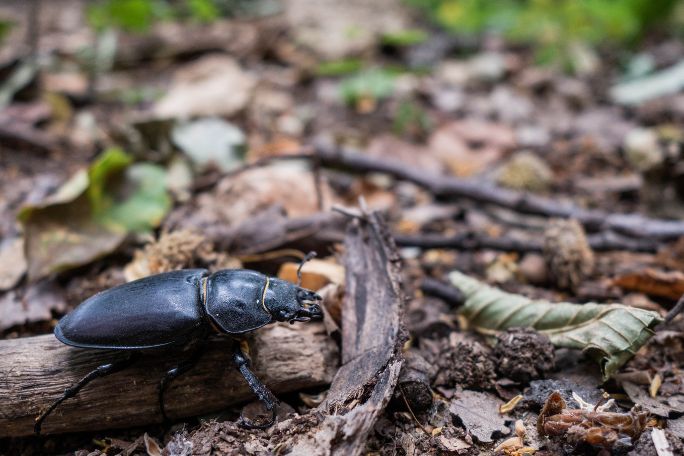
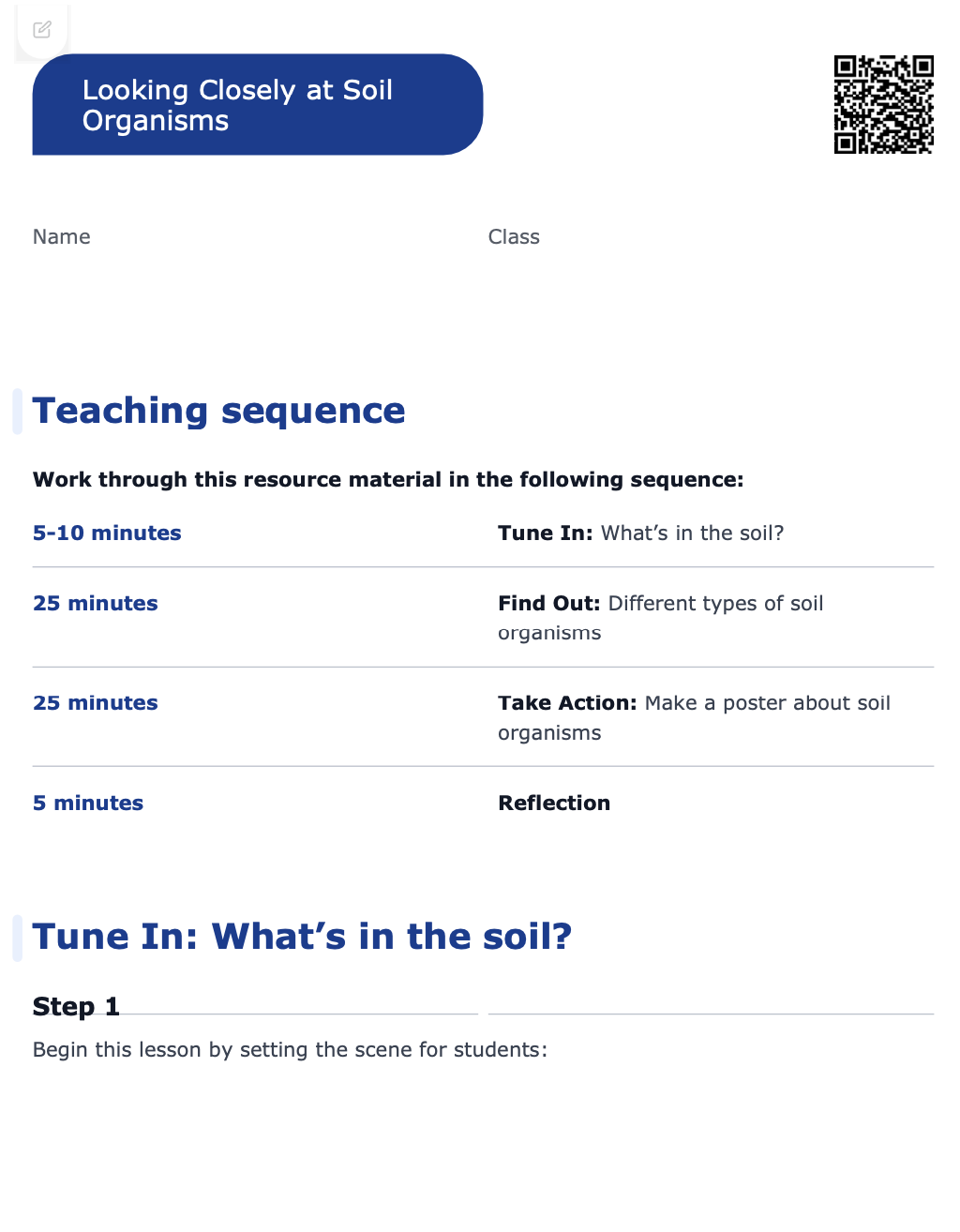
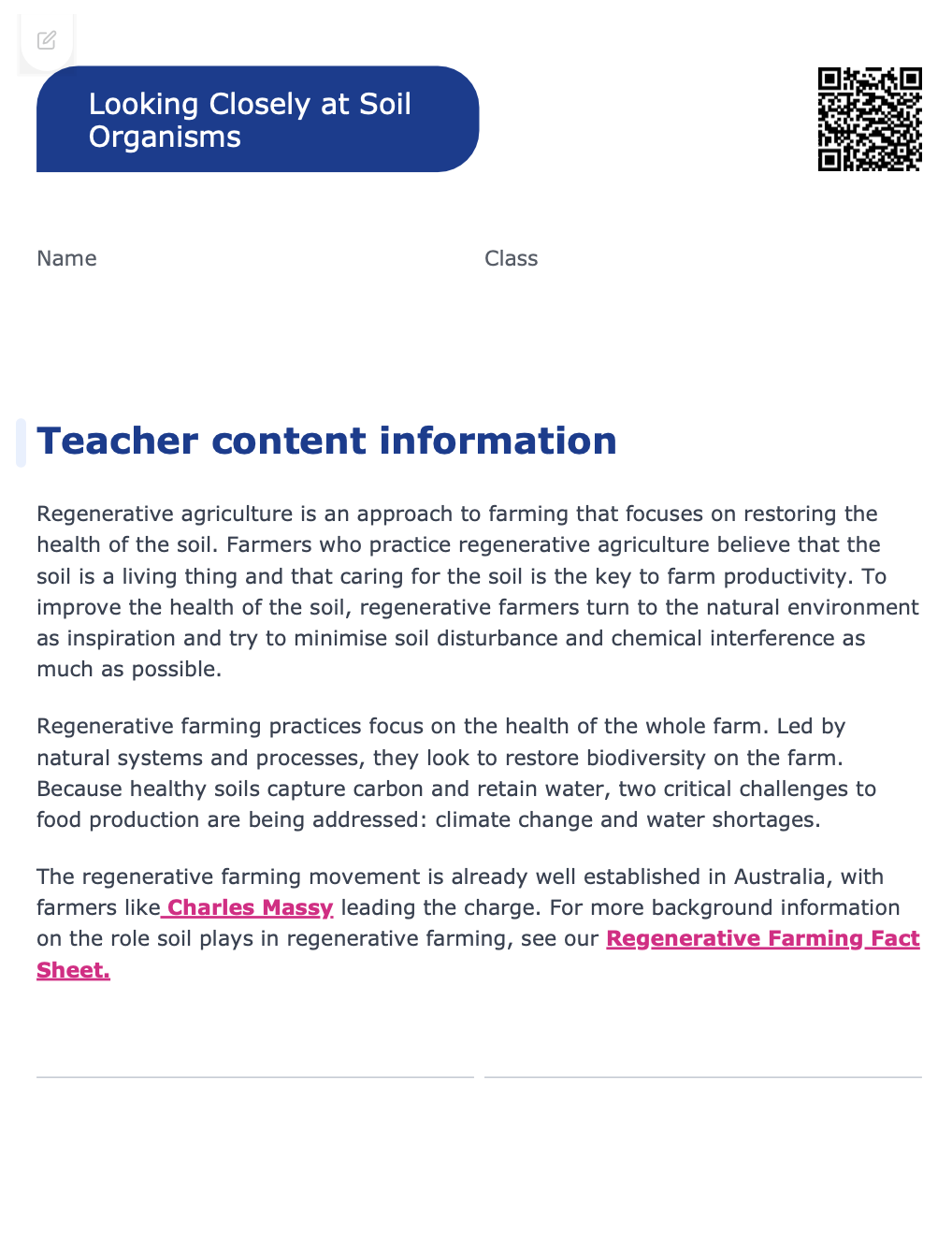
Welcome back!
Don't have an account yet?
Log in with:
Create your free Cool.org account.
Many of our resources are free, with an option to upgrade to Cool+ for premium content.
Already have an account?
Sign up with:
By signing up you accept Cool.org's Terms and Conditions(Opens in new tab) and Privacy Policy(Opens in new tab).